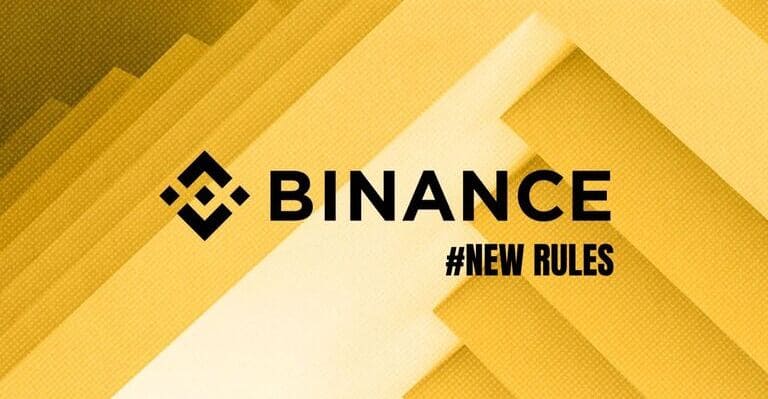TL;DR
- Binance has announced a review of its rules for listing new tokens, emphasizing the quality and utility of the listed projects.
- Tokens must have broad distribution and few allocations outside the community to avoid market manipulation and mass sales.
- Venture capital funding has regained momentum during the bull market, flowing into crypto projects in areas such as DeFi, artificial intelligence, and gaming.
Binance has announced that it will conduct a review of its rules for listing new tokens, placing emphasis on the quality and utility of the listed projects. The exchange’s change in direction comes after a surge in the generation of new tokens and the inclusion of several high-profile assets, many of which were classified as meme tokens.
According to recent trends, there is a significant increase in venture-backed projects entering the market with a low float, meaning a small number of tokens available in circulation compared to the total supply. This situation has posed challenges for centralized exchanges like Binance, as they must balance market demand with the need to maintain stability and fairness in listings.
To address these issues, Binance has issued a new set of rules for adding and supporting new projects. One of the main guidelines is that tokens must have broad distribution and few allocations outside the community. This aims to prevent situations where large amounts of tokens are controlled by a few actors, which can lead to market manipulation and mass sales negatively affecting small investors.
Binance Seeks to Protect Small Investors
Binance listing pages will now include detailed information about the history and tokenomics of each project, allowing potential buyers to make informed decisions. The goal is to increase transparency and confidence in the new projects listed on the platform.

One of the problems identified by Binance is the proliferation of projects with low float entering the market with an inflated valuation. They generate high expectations but cannot sustain their initial prices when the community becomes more actively involved. Additionally, the low float often results from the interest of venture capital investors, leaving projects with a small user base but significant wallets held by funds.
Examples that apply to this low float trend include Worldcoin (WLD), Cheelee (CHEEL), Starknet (STRK), and Saga (SAGA). These tokens have the lowest correlation between their market capitalization and fully diluted value, meaning their initial market value may be misleading. These projects plan to release more cryptocurrencies over time, which could affect their value in the future.
The popularity of memecoins has also diverted some funds from these low-float assets. Despite their volatile nature, their power lies in building a solid community and wider distribution, providing them with some stability.
On the other hand, venture capital funding has regained momentum during the bull market, flowing into crypto projects with solid teams and good funding. This funding has been particularly notable in areas such as DeFi, artificial intelligence, data services, and gaming, with the aim of reviving the play-to-earn model with a more sustainable approach.

